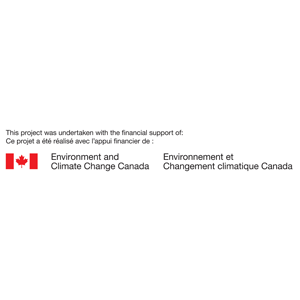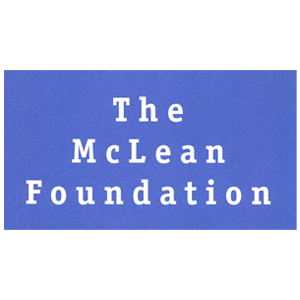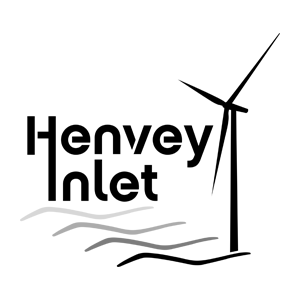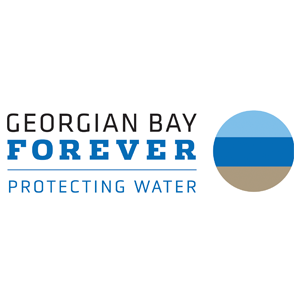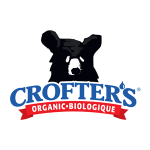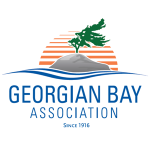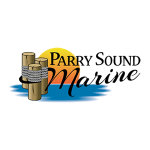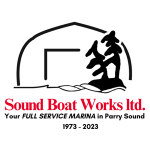Clusters of a sticky zooplankton (Holopedium glacialis) are crowding out a previously abundant and ecologically important species (Daphnia spp.) in many Ontario inland lakes.
The name for this phenomenon is “jellification,” and it’s an apt description for the masses of clear jelly spheres afloat in many provincial waters.
To be clear, Holopedium is not an intruder; it’s a zooplankton native to Ontario lakes. The jelly-like mucus that coats each Holopedium organism glues it to its fellows and protects it from predators.
Why is its population exploding? The root causes of jellification go back to industrial pollution. For many years now, waste from burning fossil fuels as well as oil production and other industries has been changing the acid levels of our lakes. This change in our lakes’ chemistry has in turn been gradually stripping calcium from our waters. Industrial logging has contributed to the drop in calcium levels as well. Companies are removing trees that would normally have died in place and supplied our lakes with their calcium stores.
Before today’s abundance of gooey Holopedium arrived, it was Daphnia, a microscopic water flea that attaches itself to plankton, that flourished in many Ontario lakes. But Daphnia needs a minimum level of calcium to survive. When calcium levels in our inland lakes began to drop three decades ago, the Daphnia population began dropping in lock-step. Other native zooplankton species that didn’t need as much calcium in their diet began taking over. The most successful of these is Holopedium glacialis.
Daphnia spp. (Credit: NOAA GLERL) Holopedium glacialis (Credit: Ian Gardiner, E-Fauna BC) Handful of Holopedium glacialis (Credit: Ron Ingram, MNRF)
Freshwater food chains in jellifying lakes have had to adjust to the reduction in Daphnia and explosion of Holopedium. Many of the small fish and other organisms that relied on the miniscule Daphnia for their nutrition cannot feed on Holopedium.Each Holopedium is the size of a pinhead and covered in a slick gelatinous mantle — far too big and slippery for them to eat. Holopedium is far less nutritious to the fish and other organisms that used to dine on Daphnia. Plus, Holopedium doesn’t consume copious quantities of native algae like its predecessor. Instead of removing algae from our waters, it leaves algal blooms in its wake.
In addition to changing feeding relationships among organisms, Holopedium clumps have grown big enough to clog intake valves that draw lake water into municipal water systems. Given that 20 percent of Ontario’s government-monitored drinking water systems come from affected lakes, jellification now affects municipal water systems throughout the province.
Where do we go from here? As long as calcium levels stay low, jellification is likely to remain in our smaller lakes, literally clouding the waters while disrupting local food chains. But there is some good news. The Great Lakes haven’t yet been affected. And at least one local environmental group is working on the problem: AshMuskoka is developing a wood ash recycling program to replenish calcium in local soil and water.
Helen Kohl is a retired journalist and writer who is lucky enough to live in the Georgian Bay Biosphere region.




